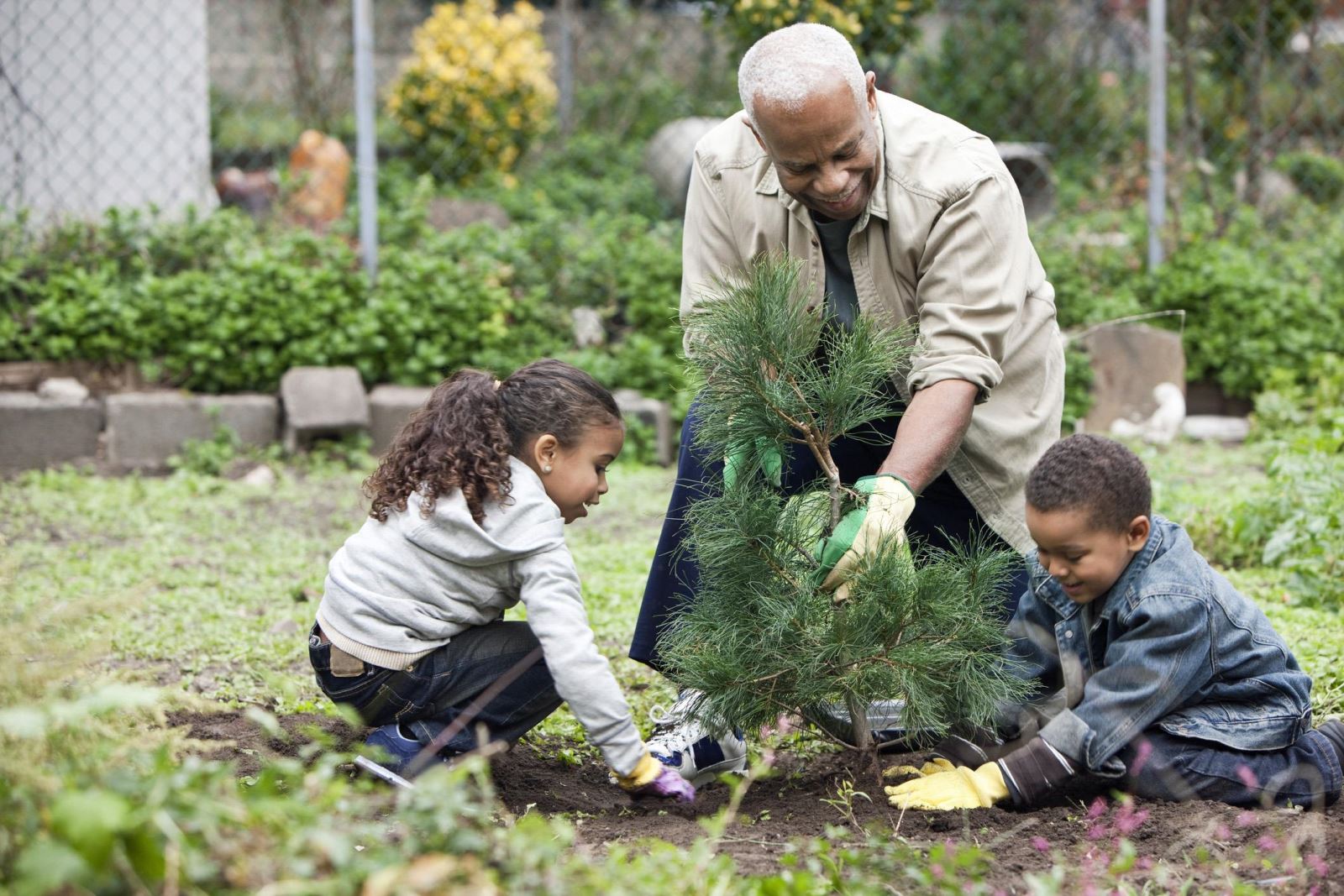Fall: Best Season For Planting Trees That Boost Home And Community Value

Planting a tree is an investment in the future, according to a Greek proverb: "A society grows great when old men plant trees under whose shade they never expect to sit." But did you know planting trees around your home is also an investment in your real estate value and the value of your neighborhood? Or, that it's one best made not in the season of new life, spring, but in the fall as winter approaches?
Most Americans say they would - and in fact do - pay more for a home with trees in the yard, according to a Wakefield Research survey sponsored by the Alliance for Community Trees, a program of the Arbor Day Foundation. On average, Americans pay 18 percent more for a house with trees in the yard, and 79 percent say they feel trees define their neighborhood's character. Nearly three quarters say they would never move to a neighborhood that didn't have trees.
"The presence of trees in a neighborhood is as important to homebuyers as proximity to good schools, accessibility to shopping and entertainment, and commutability to work," says Dana Karcher, Alliance for Community Trees program manager. "But the value of trees goes far beyond beautifying a neighborhood. Planting trees helps on a local and global scale by reducing air pollution, controlling storm water runoff and even mitigating climate change."
If you're considering planting a tree or two this fall, here are some things to keep in mind:
- While spring may be the best time to plant flowers and vegetables, fall is the optimum season for planting trees. In spring, trees don't have enough time to grow deep roots before summer heat hits. Fall means warm soil, wetter weather and cooler air that promote root growth, helping a newly planted tree get established before the weather turns cold and the ground freezes.
- Mid-August through mid-October is the best time to plant a tree in northern and cooler locations. In warmer areas, like the south, you may be able to plant well into November. Talk to your local nursery or an arborist to determine the best planting window where you live. Planting these types of trees in fall means they'll be well established when next spring's growing season arrives.
- Some types of trees need longer to become established, while others need less time. Look for trees that don't require a lengthy growing period before they can withstand harsher temperatures. Options include ash, crabapple, hawthorn, elm, linden, maple, sycamore, pines and spruces. Not sure what to plant? The Arbor Day Foundation offers an online tree selection tool to help you understand what trees will grow best in your region.
- Trees are prepared for planting in three ways - bare root, containerized and balled and burlap. The best methods for planting trees will be based on how the roots look. Bare root trees have completely exposed roots, and you'll need to soak the roots before planting. Bare root trees tend to grow faster than those in containers. Plants from nurseries often come in containers that need to be removed before you plant the tree. Root balls are typically wrapped in burlap, which must also be removed when you plant the tree.
To learn more about the benefits of planting trees and how to care for your trees, visit www.arborday.org. (BPT)




